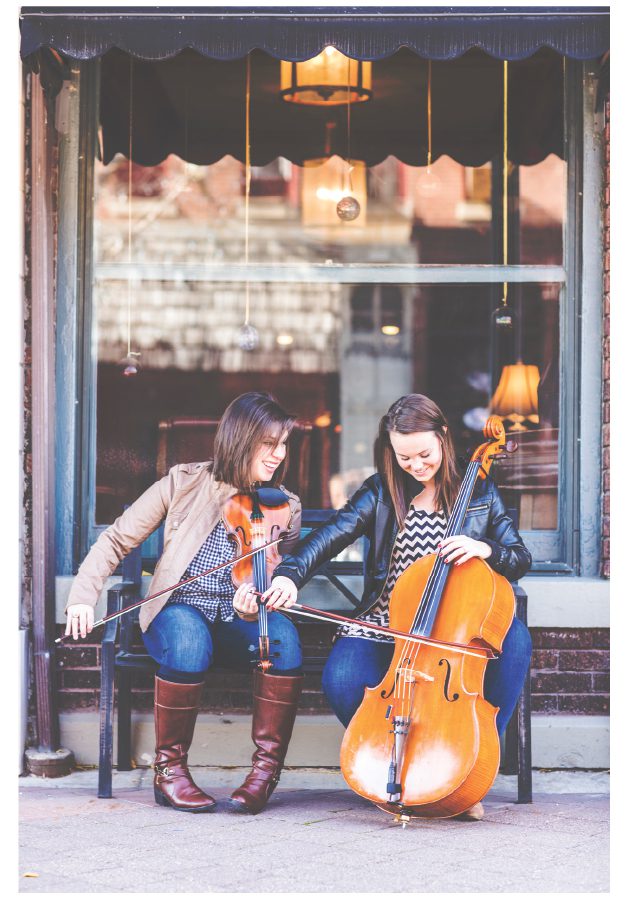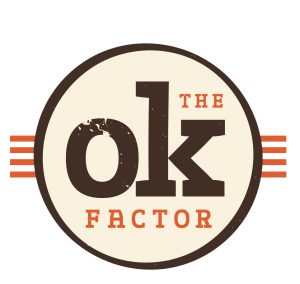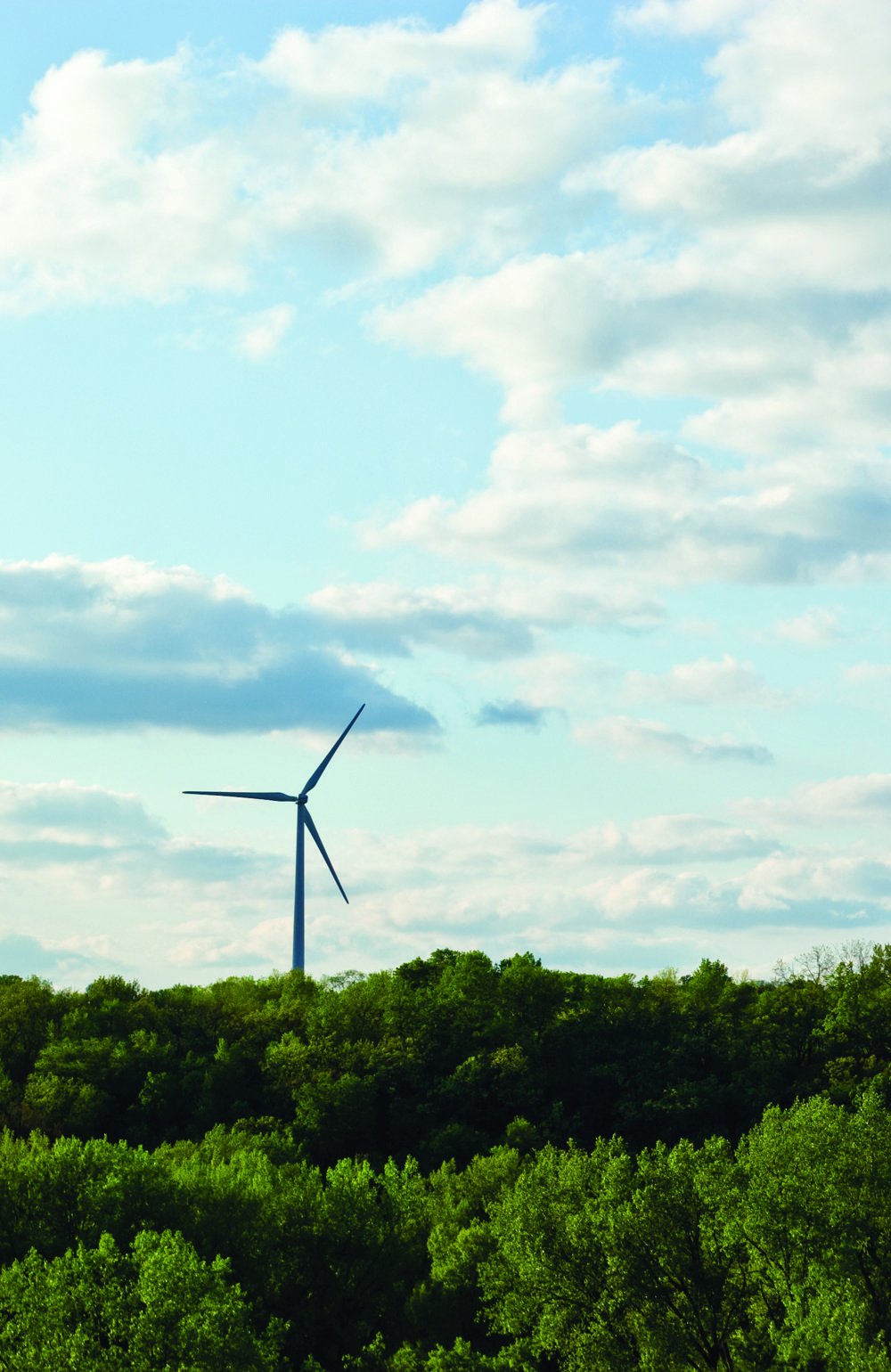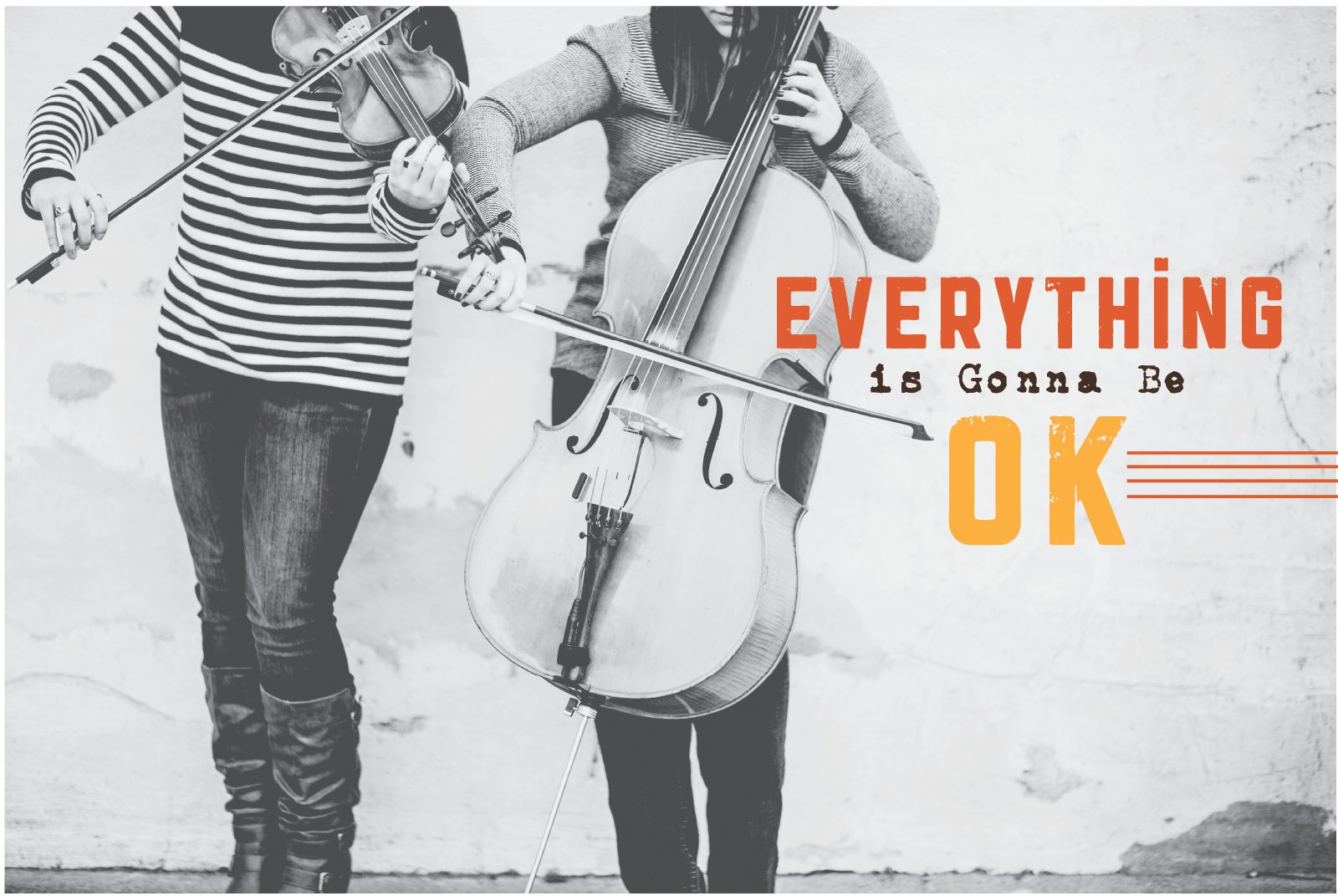Looking for something fun to do with your kiddos (or guests?) on Thanksgiving? Or even today (brrr…it’s cold). Or maybe you’re looking for table favors? These turkey finger puppets are super fun, easy, and cute! Just click below for a downloadable pdf!
Science, You’re Super: The Power of Wind
By Aryn Henning Nichols
When air moves quickly, a.k.a. it’s windy, the particles that make up the air are also moving quickly. This motion, like all motion, is kinetic energy, which can be captured by the turbine – just like the energy in moving water can be captured in a hydroelectric dam setup. But how, exactly, do wind turbines make electricity? Simply stated, the wind turns the blades, which spin a shaft, which connects to a generator and makes electricity. (1)
But it’s not QUITE so simple.
Jim Martin-Schramm, Luther College professor and the coordinator of Luther College’s wind-turbine project, explains further: “The heating and cooling of the Earth causes wind on the surface of the planet. Air moves from high pressure areas to low pressure areas and is affected by the rotation of the planet. Wind turbines convert the kinetic energy of the wind first into mechanical energy. That is, the turbine’s blades harvest the kinetic energy of the wind and transfer it into the mechanical gearbox up in the nacelle (a box at the top) of the turbine. The mechanical energy from this gearbox spins a shaft that turns a generator to produce electrical energy. That electricity is converted to alternating current at the base of the turbine and then a transformer converts the electricity to the desired voltage for distribution or consumption.” (2)
At wind farms, cables from different turbines take the electricity made to a substation. There, a step-up transformer again increases the electrical output. A transmission line connects the electricity output at the substation to the electrical grid serving communities throughout the region. (3)
The bigger the wind turbine, the more wind it reaches and the more electricity it makes. Wind turbines used for large-scale wind farms come in varying sizes, but are usually approximately 13 feet wide at the base, and between 230 and 265 feet tall at the hub. With one of the blades upright, the total height is approximately 406 feet. (4) If you’ve ever seen one of these blades being transported via semi or train, you can really get the scope of the length of these things – they’re huge!
Iowa ranks second in the nation for wind energy production – there are nearly 3,000 utility scale wind turbines here, which create enough electricity to power 1,000,000 homes. Minnesota is fourth in the nation and Wisconsin is 19th. (4)
In Decorah, the addition of the Luther College wind turbine has fanned (pun intended) a debate on various topics where giant windmills are concerned. Martin-Schramm answers a few more Inspire(d) questions to fill us in on the details. (2)
Why do turbines sometimes not turn? Isn’t there always SOME wind? And what about really windy days when they’re not running?
Most utility-scale turbines do not start turning until the wind is blowing at around 2.5 – 3.0 meters per second (m/s), which is around 5-7 miles per hour (mph). The rotors are very heavy, so it takes a little bit of wind to get them moving. Luther’s turbine starts turning at 2.5 m/s and has an electrical cut in for production at 3.0 m/s. As the winds grow stronger the blades turn faster to harvest more of the kinetic energy of the wind. Luther’s blades rotate between 9-18 revolutions per minute. The turbine reaches its rated capacity of 1.6 megawatts or 1,600 kilowatts when the wind is blowing around 25 mph. When the wind reaches around 55 mph the turbine will automatically feather the blades into the wind, slow down the rotor, and then lock the blades in place to protect the turbine from damage in a high wind event. Finally, there are times when the turbine is not operational due to scheduled and unscheduled maintenance. Luther’s turbine has been up and operating about 94 percent of the time thus far. GE’s goal is at least 96 percent availability. We’re confident we will reach that goal after some of the bugs are worked out over the course of this first year of operation.
How many turbines would it take to power everything in the world, do you think?
A lot. We will need far fewer turbines, however, if we first make major investments in energy efficiency. Luther invested $1.5 million in 2004 and cut our electricity consumption by 23 percent. We continue to make investments in energy efficiency today. On average, the U.S. uses twice the amount of energy that Europeans do to produce the same amount of goods and services. There is huge potential for energy efficiency here. Also, various studies indicate that it should be possible for wind energy to produce at least 20 percent of the U.S. electricity supply by 2025. Already 20 percent of the electricity generated in Iowa is produced by wind turbines, but most of it is shipped on high voltage wires to out of state electrical markets.
What about the negative stuff people talk about: shadow flicker, low-end noise, the potential harm to birds, etc. Does any of this hold water in your book?
Shadow flicker, noise, and wildlife impacts are real issues that need to be taken very seriously. When turbines are properly sited, however, these dangers can be mitigated to a very high degree. Luther conducted shadow flicker and noise studies as part of its siting process and received a “Finding of No Significant Impact” at the end of that process. It is the case wind turbines kill some birds and bats, but there are several other causes of avian mortality that take a far greater toll. The key it to site and space turbines in such a way that these impacts are lessened. The U.S. Fish and Wildlife Service has worked closely with the U.S. wind industry to develop a new set of proposed siting guidelines and standards.
- US Department of Energy.
- Jim Martin-Schramm, Luther College professor of religion, coordinator of Luther College’s wind-turbine project, and author of numerous climate and environmental ethics books.
- Foundation for Water and Wind Energy Education.
- Alliant Energy Kids.
———————-
Aryn Henning Nichols thinks wind turbines look like big, gentle, giants. Wind farms are especially fascinating to her.
Everything is Gonna Be OK
Olivia Hahn and Karla Dietmeyer have come a long way since starting cello/violin duo The OK Factor in 2012.
And yet the two Luther alums still have a long way to go.
Literally.
With the night’s gig all wrapped up, they grab their gear and hit the road, this time leaving Georgia in the rearview mirror. They head north, with shows in Minnesota, Iowa, and Wisconsin. Olivia usually does the driving while Karla navigates, but tonight it’s the other way around.
“I kind of like it,” Olivia says about all the traveling, “I feel like we’re paying our dues.”
 For most of this past year, Olivia (O) and Karla (K) have had to operate from different states, but that hasn’t stopped them from making great music together. They meet up to perform at different venues, hold workshops, and have even been recording.
For most of this past year, Olivia (O) and Karla (K) have had to operate from different states, but that hasn’t stopped them from making great music together. They meet up to perform at different venues, hold workshops, and have even been recording.
But it was Decorah that made everything OK.
“The OK Factor was really an experiment,” Olivia says. “It was something that we wanted to do but the community was really what spurred us forward. It’s amazing how talented and eclectic one small town can be.”
“No one ever told us no, and that was huge for us,” Karla adds. “I think it takes good people to really make great music and that is what we found in Decorah.”
Both women picked up instruments at an early age – Karla started the violin at five and Olivia was four when she first sat at a cello. They met at Luther College, where they majored in music performance, and formed The OK Factor in 2012 with the goal of “challenging their formal training.”
The duo has since found their way around the Midwest and the U.S., and from classical to bluegrass, jazz, and pop, finally arriving at a musical style they dub “alternative/progressive folk”.
“You can always hear a classically-trained musician in their tone or the way they play certain melodies,” Olivia says. “We don’t want to undo that. We like that aspect of our playing. We want to throw that into the mix with other genres. There’s a lot to explore there.”
Their first gig was part of the Water Street Music Series at ArtHaus in Decorah. Post-college, each was planning to go to graduate school for music performance and pursue a career as a classical musician, but all that changed after that first show.
“The combination of how extremely satisfied and full we both felt, as well as the overwhelming support and positive feedback we got from the audience – people whose opinions we trusted greatly – made us feel as though this was no longer something we ‘just did for fun,’ but something we could do more permanently,” Olivia says. “We couldn’t really believe we were considering taking a different path than we had envisioned, but we knew it was what we really wanted.”
The two had only written a few songs together before that performance, and they knew they had a lot of work ahead of them if it was going to work.
“I had very little experience in the music industry, but my passion for the DIY, grassroots movement really gave me confidence that The OK Factor had what it takes to go somewhere,” Karla says.
They planned to move to Minneapolis the summer after graduation, and explored regional performance possibilities.
“I found applications to the Iowa State Fair and Stone Arch Bridge Festival,” Karla says. “We were both surprised to discover that by the end of our senior year we had been accepted to play at both events. This boosted our confidence to find other places to play throughout the summer.”
Cold calls and asking around landed them a full performance schedule for the summer of 2013. They had gigs lined up at jazz clubs, weddings, wineries, and more.
Next came the goal of recording a full-length album – with a writing method that isn’t exactly traditional.
“We just sit down and make it up,” Olivia says, only half joking. “We never write anything down.”
While they were still working on the album, Karla migrated from the Midwest back home to Georgia. Long-distance composition seems like it would be impossible, but, luckily, they worked it out.
“It’s not this way friendship-wise, but musically, we know exactly where the other fits in,” Olivia says, smiling.
“Musically, we can finish each other’s sentences,” Karla agrees.
One of them brings up an idea and the other fills in their part.
“We send arrangements back and forth, piece by piece,” Olivia says. “Karla will start with the melody and I will add harmony and a baseline and Karla mixes it all on her computer.”
As a tribute to their beginning, they named their first album, released in February of 2014, after Decorah’s main drag: Water Street. Most of the tracks – such as Switchback and Trout Run – are inspired by the area.
“Trout Run evokes the feeling you get when you think about Decorah – Trout Run Trail, switchbacks over the cornfields, and that feeling of grandeur when you’re looking out over the bluffs,” Karla says. “The beauty of the Driftless Region.”
It was this connection to the Driftless Region that kept the two connected.
“Water Street was really the glue that held us together through the summer, and pushed us through the nine-month long distance from Atlanta to Minneapolis this past fall,” Olivia says.
Going forward, the two will continue to be in different cities – Karla’s moving to Colorado and Olivia’s staying in Minneapolis – but don’t worry: The OK Factor will be okay.They’ve already got gigs and plans set for the this fall, including a new EP and a music video.
“We trust our instincts and try every way possible to spread the word and get our music out there, because we believe in it. We also take risks and get out of our comfort zones, taking what would be ‘long shot ideas’ and going for them,” Olivia says. “Our motto has been, ‘If you don’t ask, the answer is always no.’”
The two, unknowingly, leave the obvious pun – and perfect life lesson – hanging: When you do ask, sometimes the answer is – what else? OK!
To check out The OK Factor and listen to their music, visit theokfactor.com or theokfactor.bandcamp.com. Like and follow them Facebook and Twitter to enjoy the sometimes silly things they post after long hours on the road.
——————-
 Ingrid is a recent Luther College graduate and has been inspired enough by Decorah to stay. She remembers Luther’s Chips newspaper covering The OK Factor’s first performance at ArtHaus and had a great time catching up on what they have been doing since.
Ingrid is a recent Luther College graduate and has been inspired enough by Decorah to stay. She remembers Luther’s Chips newspaper covering The OK Factor’s first performance at ArtHaus and had a great time catching up on what they have been doing since.








